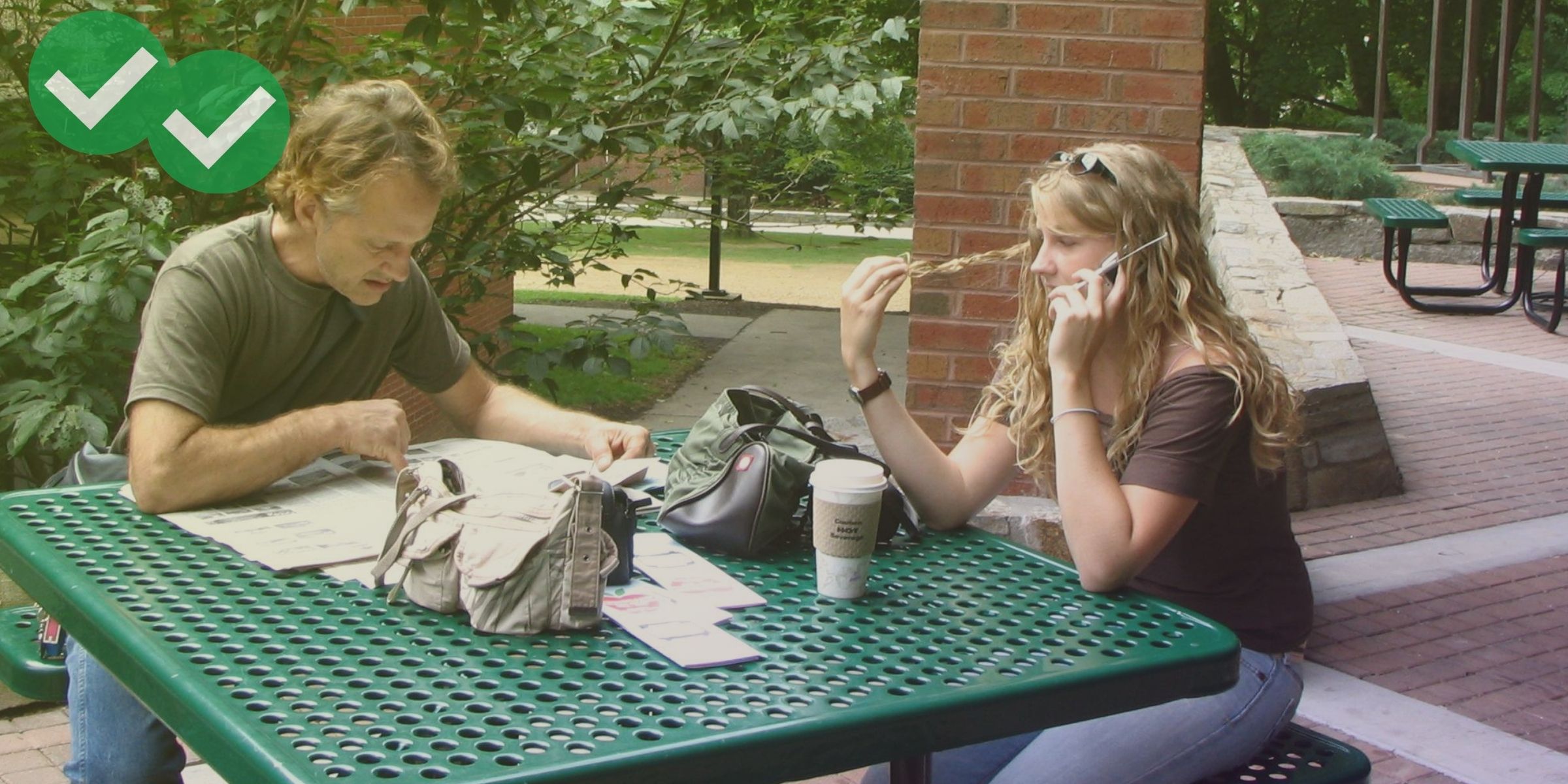
In my last posts on this subject, we looked at the hardest parts of TOEFL Reading and TOEFL Listening. Now for the hardest parts of TOEFL Speaking.
Speaking slowly enough in TOEFL Speaking
Many languages, such as the languages of Indian speakers of English or certain dialects of native Chinese speakers, are spoken more quickly than English. Additionally, everyone in the world tends to talk fast when they feel pressured or nervous, as you will probably feel on test day. So it’s quite common for TOEFL test-takers to speak too quickly in a TOEFL Speaking response.
The result? A test-taker’s foreign accent that would normally be understandable becomes impossible to follow. And even words that are pronounced quite well become hard to hear clearly. Remember that slow and steady wins the race in a TOEFL Speaking response– a nice, easy pace allows all of your words to come through clearly.
Intonation in TOEFL Speaking
I work with a lot of students who have successfully mastered word pronunciation… but haven’t given much thought to word stress. Students often also overlook proper sentence-level intonation in English. You need to remember that English has a very predictable rise and fall in tone. Knowing when to rise and fall (speak in a higher or lower voice) in your speech is key to highlighting your main ideas and being properly understood.
Knowing what to say in TOEFL Speaking
It’s not uncommon for TOEFL test-takers to “freeze up” and not quite know what to say. This can happen at the beginning of a TOEFL Speaking response, but it can also happen in the middle or the end.
Knowing what to say at the very start can be especially hard in the TOEFL Independent Speaking tasks. These tasks require a lot of creativity and self-expression. It can be hard to come up with something really personal right on the spot. Our blog provides some tips and tricks on thinking fast and knowing what to say in these cases.
In Integrated Speaking Tasks, “freezing up” is more common in the middle or end of a speech. Here, the struggle is remembering what you heard or read, and finding the right way to summarize it. Good note-taking skills can help you avoid this problem. Be sure to check out our tips for TOEFL note-taking here on the blog.
Multitasking in TOEFL Speaking
Multitasking is trying to do a few different jobs at once. This word definitely describes what you need to do in the three Integrated Speaking tasks– you must listen and speak, and sometimes write. Tasks 2 and 3 are especially hard for a lot of TOEFL students, because they require all three skills. As you navigate these second and third tasks, here’s a helpful hint: the actual reading passage is not all that important. The reading passages in TOEFL Integrated Speaking are really meant to just provide a frame of reference (a little bit of supporting information) to help you know what the speakers are talking about. You can most of your energies just on listening and speaking– this can make the multitasking easier.
OK, so what are the hardest parts of the TOEFL Writing Section?
I’m glad you asked! My students tell me that topic development and other aspects of the writing process are a real challenge in TOEFL Writing. Moreover, the Integrated Writing task requires a level of multitasking that is more intense than the multitasking in TOEFL Speaking. In my next post, we’ll look at the hardest parts of the TOEFL Writing section in greater detail.






Leave a Reply